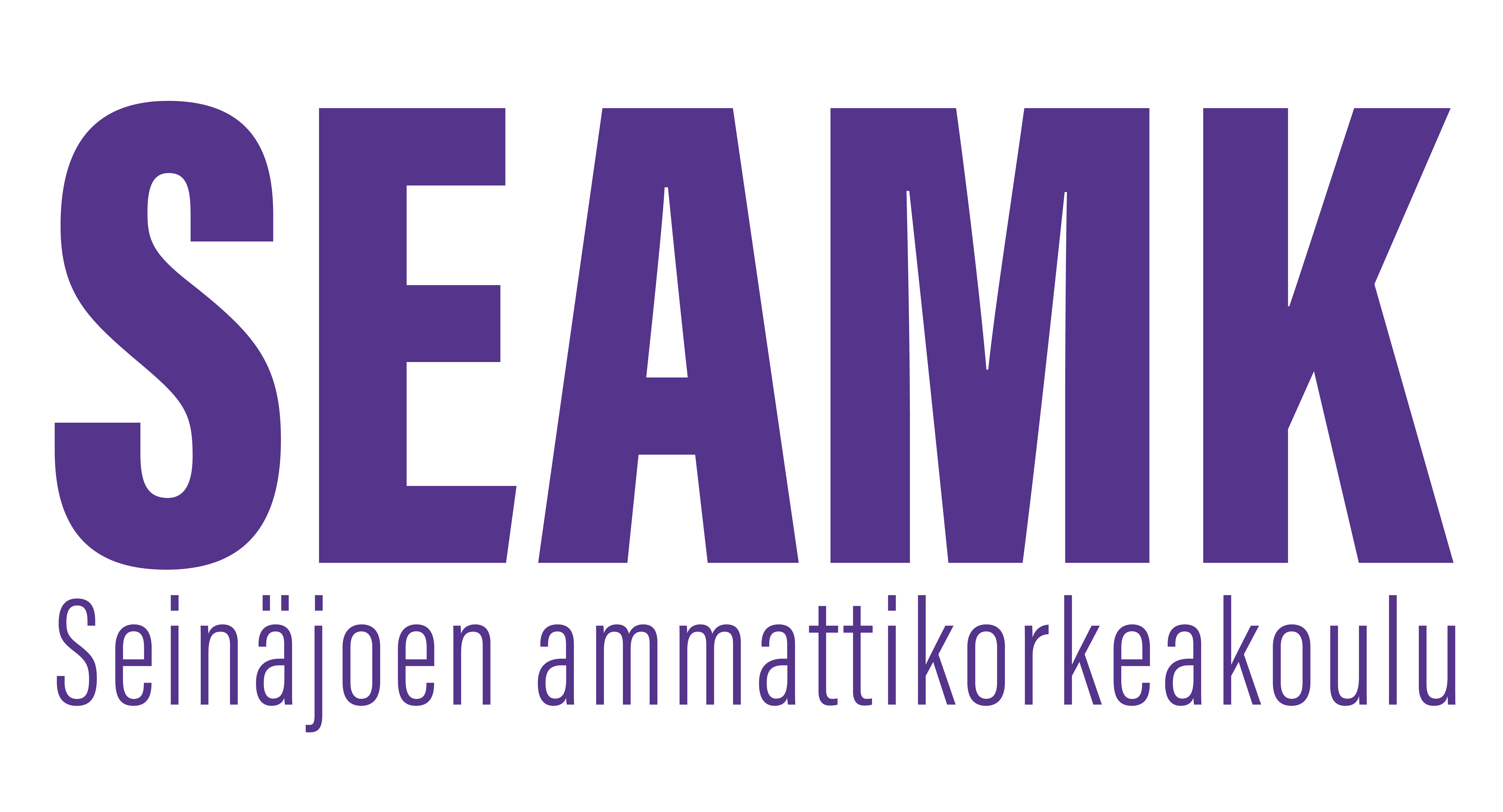Muut kotieläimet (5op)
Toteutuksen tunnus: 9A00CD82-3002
Toteutuksen perustiedot
- Ilmoittautumisaika
- 15.04.2024 - 04.09.2024
- Ilmoittautuminen toteutukselle on päättynyt.
- Ajoitus
- 21.10.2024 - 18.12.2024
- Toteutus on päättynyt.
- Opintopistemäärä
- 2 - 5
- Lähiosuus
- 5 op
- Toteutustapa
- Lähiopetus
- Yksikkö
- SeAMK Agrologi
- Toimipiste
- SeAMK Seinäjoki, Frami
- Opetuskielet
- suomi
- Koulutus
- Agrologi (AMK)
- Opettajat
- Samu Palander
- Ryhmät
-
MAGRO22Agrologi (AMK)
-
MAGRO23Agrologi (AMK)
-
AGRO22PRAgrologi (AMK)
- Opintojakso
- 9A00CD82
Arviointiasteikko
1-5
Tavoitteet
Opiskelija osaa selittää harvinaisempien kotieläintuotannon tuotantosuuntien merkitystä ja toimintatapoja osana ruokaketjua tai sen sivuvirtojen hyödyntäjänä. Hän osaa etsiä, syventää ja soveltaa tietoa valintansa mukaisista tuotantosuunnista tai niiden ajankohtaisista erityiskysymyksistä ja esittää ammattimaisesti selvitysprojektin tulokset.
Sisältö
Lammastalous, vuohitalous, hunajantuotanto, turkiseläintuotanto, hyönteiskasvatus, kaninlihantuotanto, riistatarhaus jne. Sisältö muotoutuu osittain valinnan perusteella.
Oppimateriaalit
Behrens, D. & Moritz, R. F. A. 2011. Bees in Europe and sustainable honey production. (BEE SHOP) results of a pan-European research network. New York : Nova Science Publishers
Page, P. & Hamer, K. 2017. Sheep keeping. Sheffield, UK: 5m Publishing
Opetusmenetelmät
Luennot/tietoiskut, itsenäinen tiedonhaku ja työskentely, posteri ja vertaisarviointi
Opiskelijan ajankäyttö ja kuormitus
Luokkaopetus 12-20 h, itsenäinen työskentely 50-60 h
Arviointikriteerit, tyydyttävä (1)
Opiskelija osaa kuvailla ammattimaisesti tuotannon toimintatapoja ja merkitystä sekä osaa etsiä ja esittää luotettavaa ja asiaankuuluvaa tietoa aiheesta.
Arviointikriteerit, hyvä (3)
Opiskelija osaa arvioida ja selittää tuotannon yhteyttä muuhun maataloustuotantoon ja sen ekologista roolia. Opiskelija osaa tunnistaa ruokinnan ja olosuhdetekijöiden vaikutuksen tuotantoon ja terveyteen. Hän osaa perustellusti valita ruokinnallisia ja teknologisia ratkaisuja.
Arviointikriteerit, kiitettävä (5)
Opiskelija osaa ottaa huomioon ja soveltaa ravitsemus- ja tuotantobiologisia yksityiskohtia. Hän osaa itsenäisesti hakea alan tietoa ja soveltaa sitä ongelmanratkaisussa alan kehittämiseksi. Opiskelija osaa rakentaa laaja-alaista tietämystä osoittavaa kokonaiskuvaa, jossa yhdistyvät tuotantobiologinen, teknologinen, taloudellinen ja ympäristövastuullinen näkökulma.
